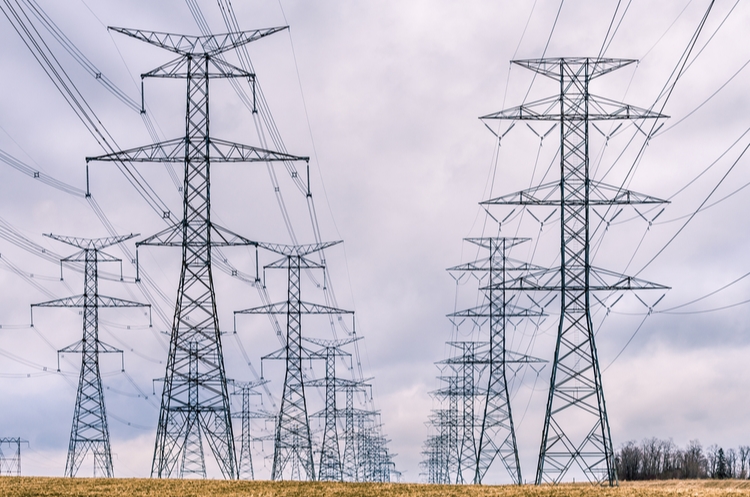OEB Issues Amendments to Codes to Facilitate Regional Infrastructure Planning

In late December 2018, the Ontario Energy Board (OEB) issued a Notice of Amendments to Codes to Facilitate Regional Planning. The Notice confirms many changes to the Transmission System Code (TSC) and Distribution System Code (DSC) that the OEB has been proposing over the past year to reflect the findings and conclusions of the OEB’s Regional Planning and Cost Allocation Review consultation. Among other things, the OEB’s Notice confirms that where new transmission connection investments serve both specific customers and system needs, the costs of the investment will be allocated to both. Where an embedded distributor (a distributor who is supplied by another distributor) or a large load customer of a distributor (demand over 5MW) cause and benefit from the transmission connection investment, they will be required to make a capital contribution. The Notice also sets out updates to the rules around cost responsibility for replacement of “end of life” (EOL) connection assets.
The OEB’s Regional Planning and Cost Allocation Review process commenced with a January 2016 letter explaining the issues to be addressed. The two main items noted were: (i) a “Proportional Benefit Approach” that would set out how the cost responsibility for new/modified connection facilities would be shared between the connecting customer(s) and the overall system; and (ii) the treatment of “Upstream Transmission Investments” that are required when the connection of a distribution customer causes a need for upstream transmission connection assets.
After consulting with interested parties, in September 2017 the OEB issued a preliminary Notice of Proposal to Amend a Code Proposed Amendments to the Transmission System Code and the Distribution System Code to Facilitate Regional Planning. In that document, the OEB explained its view that three “guiding principles” should be used to determine the appropriate approach to allocating the costs associated with new distribution and transmission connection investments. These principles are: (i) optimal infrastructure solution (the regional needs should be met in the most cost-effective way); (ii) beneficiary pays (cost should be allocated proportionately to those who benefit from the investment); and (iii) open, transparent and inclusive (the process to determine and allocate infrastructure costs should be transparent and include all impacted parties). The September 2017 Notice also set out proposed changes/updates to the TSC and DSC, such as rules around allocation of connection investment costs to benefitting parties (defined to include large commercial and industrial customers over 3MW).
Since September 2017, interested parties have had a number of opportunities to provide comments to the OEB, and the OEB has now issued its formal Notice of planned amendments to the TSC and DSC. With some modest exceptions (such as the change to the threshold for large customers being responsible for transmission investments increasing from 3MW to 5MW), the OEB has confirmed its planned approach. The December 2018 Notice of Amendments to Codes to Facilitate Regional Planning summarizes the earlier proposed amendments, sets out a few additional changes, and provides the specific changes planned to the TSC and DSC. The OEB invited comments on the additional changes (which have now been provided), and indicated that almost all of the new TSC and DSC provisions will come into effect on the day that a final Notice is published.

